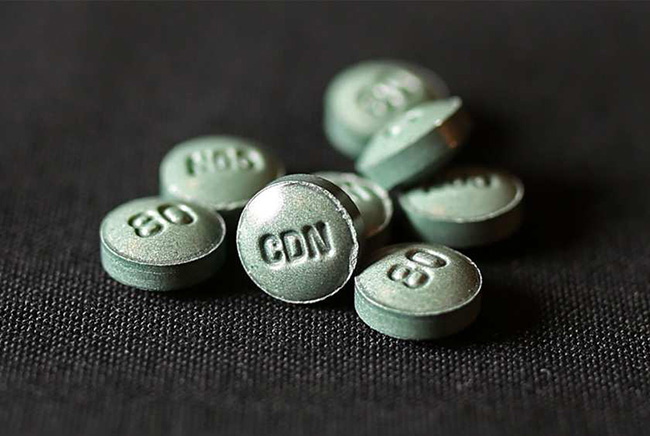
In a Jacksonville City Council committee hearing Monday morning, representatives from the city’s fire and rescue department painted a picture of the typical overdose.
More than likely, he is white, male, and 33 years old. And he lives in the general area of 103rd Street on Jacksonville’s Westside — the worst side of town for overdoses, replete with faded strip malls and working class neighborhoods that long since transitioned from owner-occupied to rented homes.
“A 33 year old white male is our target overdose patient,” asserted a Jacksonville Fire and Rescue Department official Monday.
He also noted that 19 percent — or 350 — of Jacksonville’s total overdose calls this year have happened in Council District 9; a measure of that clustering of ODs on the Westside.
Zip Code 32210 — bordered on the south by 103rd Street and the north by Normandy Blvd. — gets ten percent of the call volume.
The evenings are the peak for call volume, with 36 percent of calls between 5 and 10 p.m.
The city’s pilot treatment program kicked off last weekend, after Mayor Lenny Curry signed legislation authorizing the six-month initiative.
Eight overdose patients were treated, and there are four participants in the program — which is voluntary and in itself is not a magic bullet.
Councilman Bill Gulliford‘s bill, intended to address the mounting body count from fentanyl and derivatives, established the St. Vincent Hospital emergency room as a feeder for two in-patient treatment programs, housed at Gateway and River Region.
Overdoses, at last count, end four times as many lives as homicides in Duval County, with 2016’s count of 464 casualties more than doubling 2015’s count of 201.
Caucasians represent 86 percent of the deaths, and over half of those passing away are in their 30s and 40s.
And things could get worse: a fentanyl derivative being used to cut heroin in the Ohio Valley doesn’t respond to Narcan — which has been the most reliable treatment for overdose patients up until now.
911 calls for ODs to the Jacksonville Fire and Rescue Department have tripled. Narcan administrations: up 500 percent. JFRD responded to over 3,411 calls in 2016, and the cost of transporting OD victims could near $4.5M this year.
The city is considering a lawsuit against one or more pharmaceutical companies.



